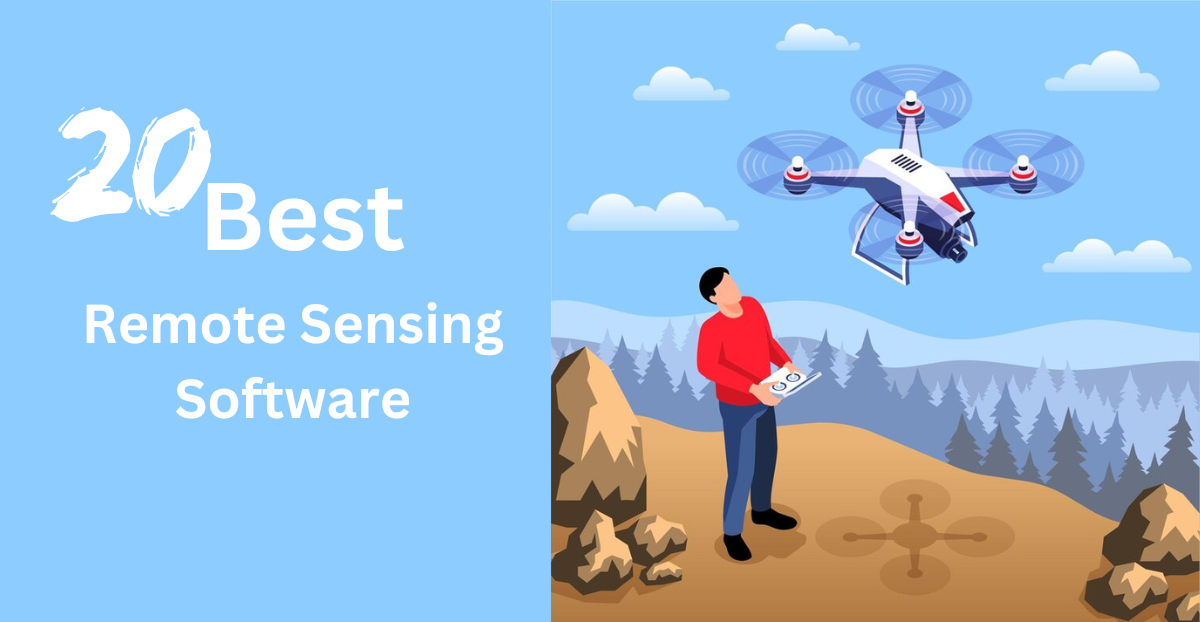How to Use QGIS for Precision Farming: A Beginner’s Guide [2025]
Precision farming is revolutionizing agriculture in 2025, helping farmers maximize yield while minimizing input costs and environmental impact. One of the most powerful — and free — tools enabling this transformation is QGIS (Quantum GIS). In this beginner-friendly guide, you’ll learn how to use QGIS for precision farming, from installing the software to analyzing satellite imagery, creating field maps, and making informed decisions using real spatial data. What is QGIS and Why Use It for Precision Farming? QGIS is an open-source Geographic Information System (GIS) software that allows you to visualize, manage, analyze, and map spatial data. In the context of precision farming, QGIS can help with: Mapping farm boundaries and crop zones Analyzing NDVI (Normalized Difference Vegetation Index) for crop health Planning irrigation and fertilizer application Monitoring yield and predicting productivity Step-by-Step Guide: Using QGIS for Precision Farming Step 1: Install QGIS (Latest Version) Visit the official QGIS website: https://qgis.org Download the Long-Term Release (LTR) for your OS (Windows/Mac/Linux). Follow installation instructions. Launch the QGIS Desktop Application. Step 2: Add Base Maps and Farm Boundary Go to ‘Plugins > Manage and Install Plugins’. Search and install ‘QuickMapServices’. Add base maps (e.g., Google Satellite) using: Web > QuickMapServices > Google > Google Satellite To add your farm boundary: Layer > Create Layer > New Shapefile Layer (Polygon) Digitize your farm field by tracing on the satellite image. 📝 Tip: Save your layers regularly as .shp or .geojson. Step 3: Add Soil or Crop Data (CSV or Shapefile) If you have soil test results or crop yield data in Excel: Save as .CSV with coordinates (latitude, longitude). Go to Layer > Add Layer > Add Delimited Text Layer. Select your file and assign the correct X (longitude) and Y (latitude). Click ‘Add’ to plot your data on the map. 📌 Use different symbols/colors to represent soil pH, nitrogen levels, or yield rates. Related Content: 10 Emerging Trends in Geospatial Technology for Agriculture Top 10 GIS-Based Dissertation Topics for Agricultural Students 10 Innovative Ways Farmers Are Using GIS in 2025 Step 4: Import and Analyze NDVI for Crop Health Download free NDVI imagery from: Sentinel Hub USGS Earth Explorer In QGIS, go to Raster > Add > Add Raster Layer. Load the NDVI image (usually .tif format). Apply Color Stretching for visualization: Right-click on the layer > Properties > Symbology > Render as Singleband pseudocolor. 🌾 NDVI values range from -1 to +1: 0.2 – 0.5: Stressed vegetation 0.6 – 0.9: Healthy crops Step 5: Create a Fertilizer or Irrigation Map Use ‘Raster Calculator’ under Raster > Raster Calculator. Apply logic like: perl CopyEdit (“NDVI@1” < 0.4) * 1 + (“NDVI@1” >= 0.4 AND “NDVI@1” <= 0.6) * 2 + (“NDVI@1” > 0.6) * 3 1 = High input needed 2 = Medium 3 = Low input needed Export this as a new raster layer. Convert to vector zones (optional): Raster > Conversion > Polygonize 🧮 This helps you apply inputs only where needed, saving cost and reducing waste. Read More: 7 Powerful GIS Applications in Agriculture Step 6: Generate Printable Field Maps Go to Project > New Print Layout. Add Map, Legend, North Arrow, and Scale. Export as PDF or Image to share with farm workers or agronomists. Bonus: Useful QGIS Plugins for Farmers (2025) Plugin Name Purpose DZetsaka Advanced classification for land cover Semi-Automatic Classification Plugin (SCP) Process satellite images easily Field Calculator Perform spatial calculations QField Sync Sync field data with QField mobile app Read More: GIS Software Development: A Complete Roadmap for 2025 Real-World Use Case: How One Farmer Improved Yield by 30% Ravi, a wheat farmer in India, used QGIS to: Map his land, Analyze NDVI from Sentinel-2, Identify underperforming zones, Apply targeted urea and irrigation. Result: 30% increase in yield and 25% reduction in fertilizer use. Conclusion Precision farming doesn’t need expensive equipment or software. With QGIS, any farmer or agricultural consultant can start using geospatial data for smarter decision-making. As we move further into 2025, integrating GIS into agriculture is not just a trend — it’s a necessity. Frequently Asked Questions (FAQs) Q1. Is QGIS free for farmers?Yes, QGIS is 100% free and open-source. Q2. Can I use QGIS on my phone?Not directly, but you can use QField (Android/iOS) to collect field data and sync with QGIS on your PC. Q3. Where can I get free satellite data?Use sources like Sentinel Hub, Copernicus Open Access Hub, or Earth Explorer.






